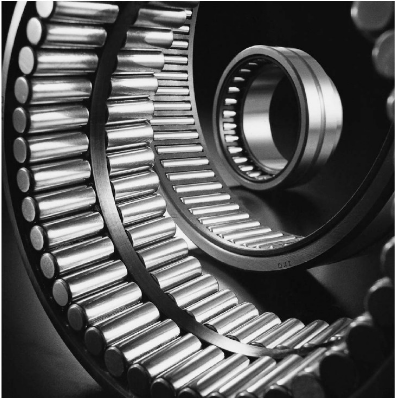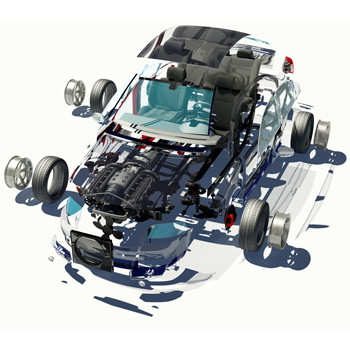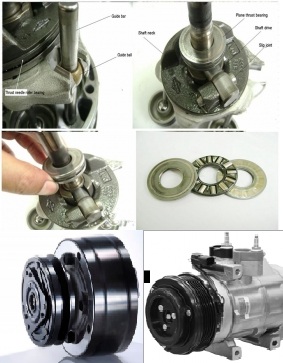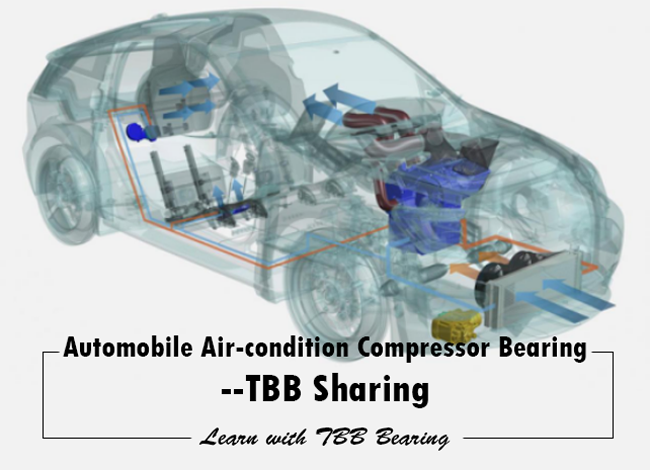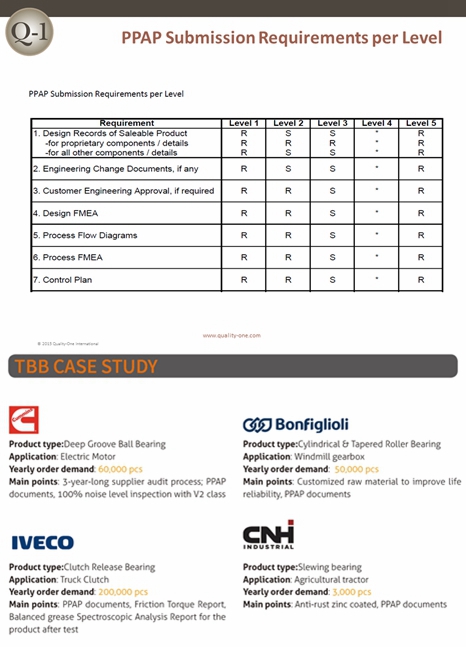Bearings for Car Gearbox Bearings for Car Air Conditioning Compressor
TBB Case of Needle Roller Needle Roller Bearing Used in JAC Gearbox MF70B Heavy Duty Cam Followers – Stud Type Track Rollers Comments from TBB Customer
Case No. 1 TBB optimized products can work under higher load rating with longer lifetime. Case No. 2 Case No. 3 Bearing Durability Test Comparison — Needle Roller Bearing HK1010Application: Automotive automatic gearboxTest purpose and method: Bearings run a test continuously under constant radial load. The durability test component level test were run on both TBB and INA, the test results:1, Total test time is about 2870hours and 3.42 times to the L10 lifetime requirement2, No abnormal failure phenomenon was found3, No cracks, spalling or pitting were found on the outer surfaces4, No damage on the components. Both TBB and INA bearings passed the durability test.
How much do you know about Air-Condition Compressor? We summarized here with several typical types of air-conditioning compressors and TBB bearing usages. 1, V5 COMPRESSOR Improved air conditioning performance and fuel economy because of its smooth, continuous operation without clutch cycling. Meets vehicle air conditioning demand with its adjustable displacement capability. Compatible with R-12 & R-134a Systems. 2, HS COMPRESSOR HS Compressor which has been Hanon Systems’ first development compressor is fixed swash plate type. It maintains the constant compression ratio and discharge rate of refrigerant. Also, HS Compressor is able to adjust the cooling load through the on/off function of Clutch which is compressor’s component. It’s been one of the Hanon Systems’ competitive products as a low-cost product. 3, R4 COMPRESSOR The R4 compressor has just under 10 cubic inches of displacement per revolution, with four cylinders radiating from its crankshaft. It has basically the same characteristics as the A-6 compressor, except it seems to fit in smaller spaces and is much lighter due to its mostly aluminum construction. The R-4 is larger in capacity than we like in an average classic car installation.
HVAC: is abbreviation of Heating, Ventilating, Air-Conditioning,mean the unit mounted under the instrument panel with heating, ventilating, and air conditioning functions. Including air intake unit, air blast unit, air purification unit, heating unit, refrigeration unit, distribution unit, and blower assembly, heater core, evaporator core, mixed damper, model damper, compressor. Today our main topic is to learn something about air-conditioner compressor of HVAC. Much like a heart in a human body, the compressor circulates the system’s lifeblood, in this case the refrigerant, that is vital to the proper operation of the air conditioning (A/C) system. The biggest three air-conditioner compressor suppliers all over the world are Denso, Sanden, Hanon Compressor is the core component of automobile air conditioner, which has a very high global market concentration and occupies 84% of the top five markets.South Korean companies have long pursued a strategy of large-scale investment and manufacturing economies of scale, and HANON expects its market share to reach 18% by 2020.Currently, HANON has a capacity of 13 million compressors, including 3.2 million compressors in Europe, 6.3 million compressors in South Korea and 3.5 million compressors in China.In the future,they will expand production capacity in China market, which is expected to reach 5…
●What is PPAP? PPAP is the abbreviation of Production Part Approval Process, a valuable tool for establishing confidence in component suppliers and their production processes. Initially, PPAP was utilized by the automotive and aerospace industries. PPAP is now being utilized by several industries to improve communication and provide quality products. Within the automotive industry, the ultimate resource for PPAP information is the manual published by the Automotive Industry Action Group (AIAG). PPAP defines the approval process for new or revised parts, or parts produced from new or significantly revised production methods.?It verifies that the supplier understands all customer engineering design specifications and requirements and that the process is capable of consistently producing product meeting those requirements during an actual production run at the quoted production rate. ●How to perform PPAP? The PPAP process consists of 18 elements that may be required for approval of production level parts. Not all of the elements are required for every submission. There are five generally accepted PPAP submission levels. A, 18 elements of PPAP: 1. Design RecordsA copy of the drawing. If the customer is responsible for designing, this is a copy of customer drawing that is sent together with the Purchase Order (PO)….

